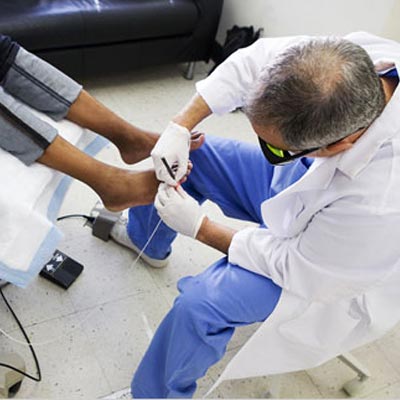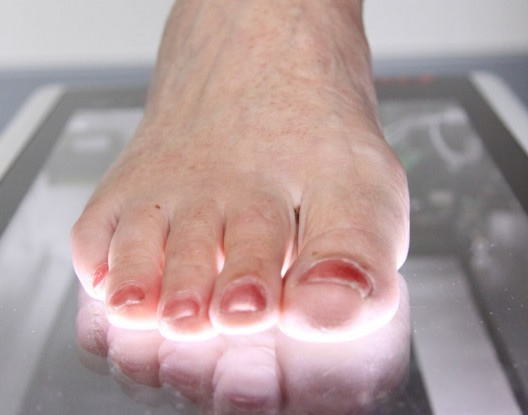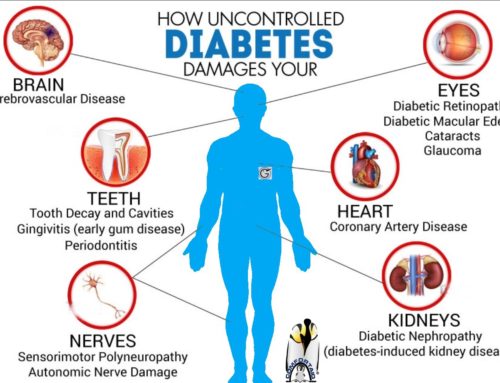As a diabetic, it is important for you to be knowledgeable about practices that help decrease your risk of developing diabetic foot complications. One such practice is the comprehensive foot exam done by your healthcare provider annually and more frequently if you have neuropathy or poor circulation. You should play an active role in ensuring that important exams and tests, that can help reduce diabetes complications, are part of your diabetes care plan. Always be ready at the doctor’s office for a comprehensive foot exam by taking off your socks and shoes. And if you healthcare provider still doesn’t check your feet, ASK THEM to do so. Based on your comprehensive foot exam, your healthcare provider will determine if you need additional investigations.
1.0 Comprehensive Foot Exam:
Components of the comprehensive foot exam are:
1.1 Clinical History:
As the first step in comprehensive foot exam, your healthcare provider will review your current/past medical history with you.
- Your doctor will ask you about symptoms of neuropathy and peripheral vascular disease (for symptoms see article “When to see your doctor”), your smoking history, changes in your foot since last exam, any footwear problems, your dietary habits and your last HbA1c level.
- It is important for you to be very specific especially about neuropathy symptoms and not miss anything out. Best thing is to write them down before seeing your doctor.
1.2 General Physical Exam:
During the exam your healthcare provider will assess your general physical health and check your blood pressure and heart rate.
1.3 Neurological/Sensory Exam:
This is a crucial part of the foot exam. Your healthcare provider will test your nerves by checking different sensations in your feet and see how well you respond. Because different nerves are involved in transmitting different sensations, your doctor can pin point exactly which nerves are affected by diabetes. Your doctor will perform five simple tests to check your nerves.
1.4 Vascular Exam:
Your healthcare provider will check the blood circulation in your feet by doing these tests.
- Checking Pulses in your Feet
Your doctor will check two pulses in your foot- one that runs down the front of your foot called dorsalis pedis artery pulse and the other located behind the ankle on the medial side of the foot called the posterior tibial pulse. - Non-Invasive Vascular Tests
In most cases, palpating the pulses is all that is required for vascular assessment. But if the pulses are weak or absent, your healthcare provider will perform non-invasive vascular tests (discussed below).
1.5 Musculoskeletal Exam:
Your healthcare provider will check your muscle strength and tone, joint mobility, bunions, any gross deformities such as claw toe, hammer toe, charcot foot etc.
1.6 Skin and Nail Exam:
Your healthcare provider will examine your skin and nails for these conditions.
- Condition of Skin
Sores, ulcers, maceration, swelling, redness, corns, calluses, dryness. - Condition of Nails
Ingrown nail, yellow discoloration.
1.7 Footwear Assessment:
Your healthcare provider will do a footwear assessment to see if it’s a proper fit and the right shoe for your foot type.
2.0 Investigations for Diabetic Foot:
2.1 Assessment of Diabetic Peripheral Neuropathy:
Your healthcare provider will usually establish the diagnosis of diabetic neuropathy based on your symptoms and foot exam findings. Special tests are sometimes done to confirm this diagnosis. Most commonly used are Nerve Conduction Study and Electromyography. Before going for the tests, make sure you don’t put any lotions or oils on your arms and legs.
2.2 Assessment of Peripheral Arterial Disease:
Your healthcare provider will perform special tests for peripheral arterial disease if you’re having symptoms such as calf pain while walking (claudication), rest/night pain and absent/decreased foot and leg pulses on physical exam.
2.3 Assessment of Infection:
When infection is suspected in a diabetic foot, your healthcare provider will always do a blood test and wound culture and sensitivity testing.
2.4 Assessment of Charcot Arthropathy:
Imaging:
X-rays will show abnormalities in all stages of Charcot Arthropathy. But sometimes, it is normal in Stage 1. In that case, your healthcare provider will order a MRI or nuclear medicine scan which is more sensitive that a plain X-ray.
2.5 Assessment of Metabolic Status:
This includes:
- Fasting and Random Blood glucose level
- HbA1c- to assess average blood glucose level over the preceding 3 months.
- Blood urea and creatinine- to assess kidney function.
- Blood Electrolytes
In conclusion, as a diabetic it is very important for you to learn as much as possible about routine diabetic foot care as it plays the biggest role in preventing foot ulcers.
Diabetes and Foot Care … read more:
- Diabetes and Alcohol Consumption – Latest Release









Leave A Comment